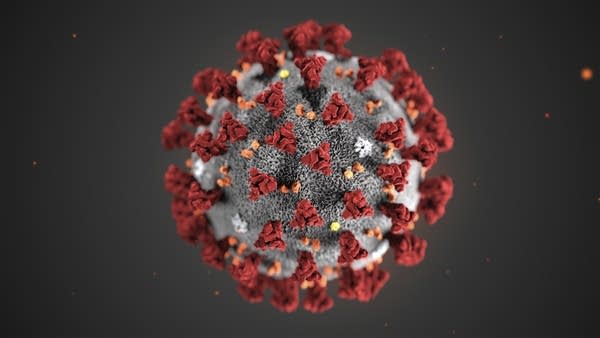Round 2: Dr. Hallberg answers your coronavirus questions

This illustration provided by the Centers for Disease Control and Prevention in January 2020 shows the novel coronavirus.
Centers for Disease Control and Prevention via AP file
Go Deeper.
Create an account or log in to save stories.
Like this?
Thanks for liking this story! We have added it to a list of your favorite stories.


